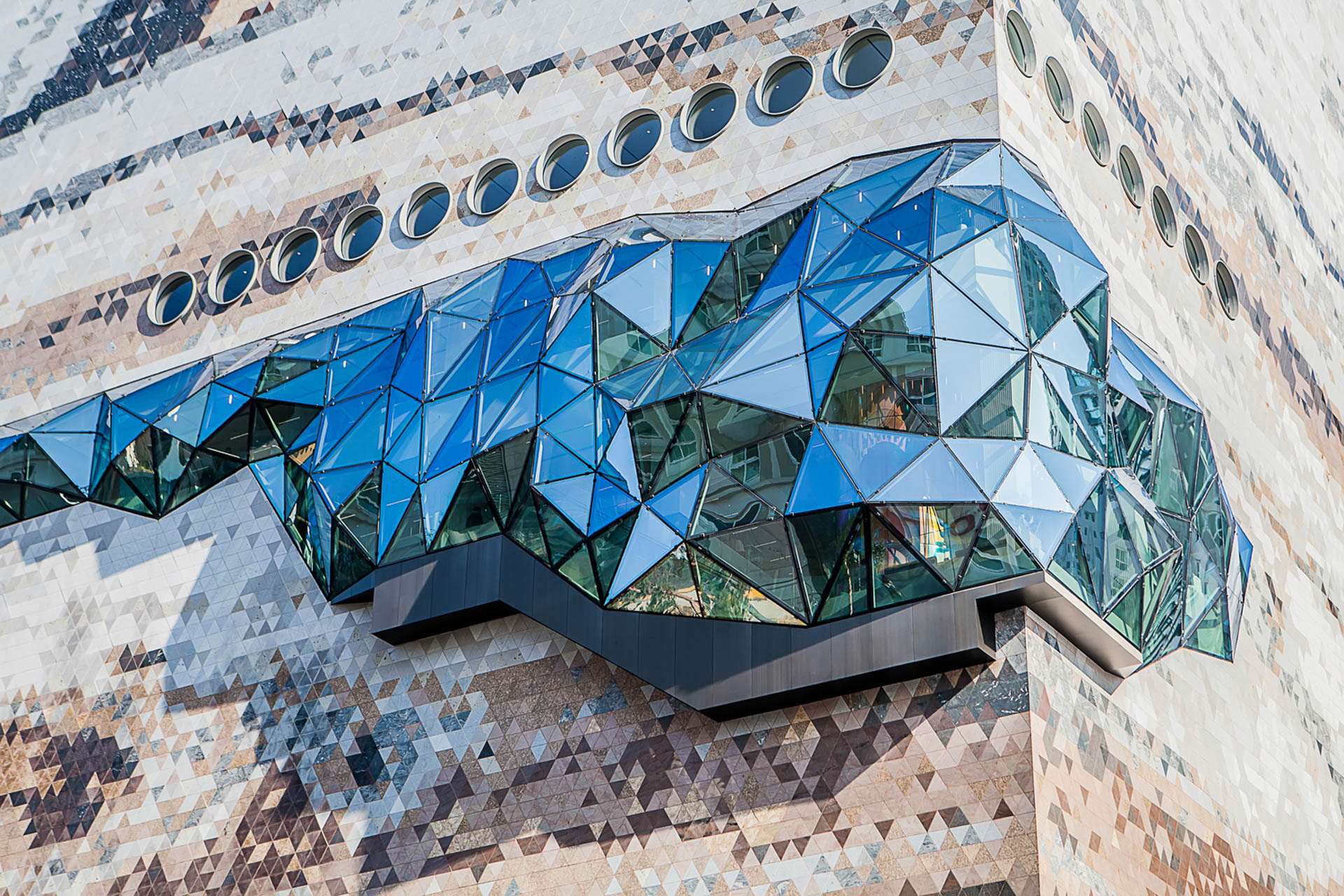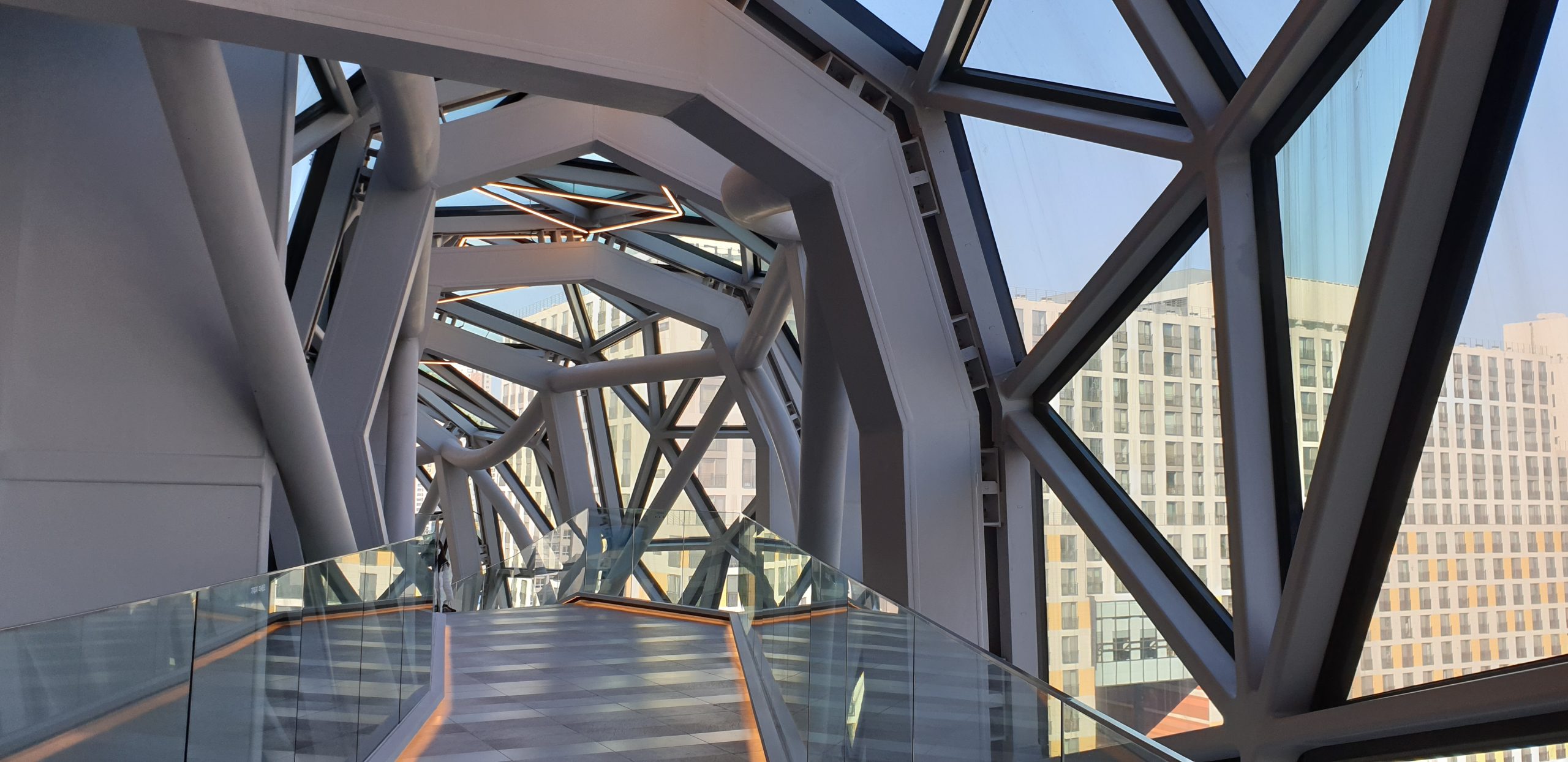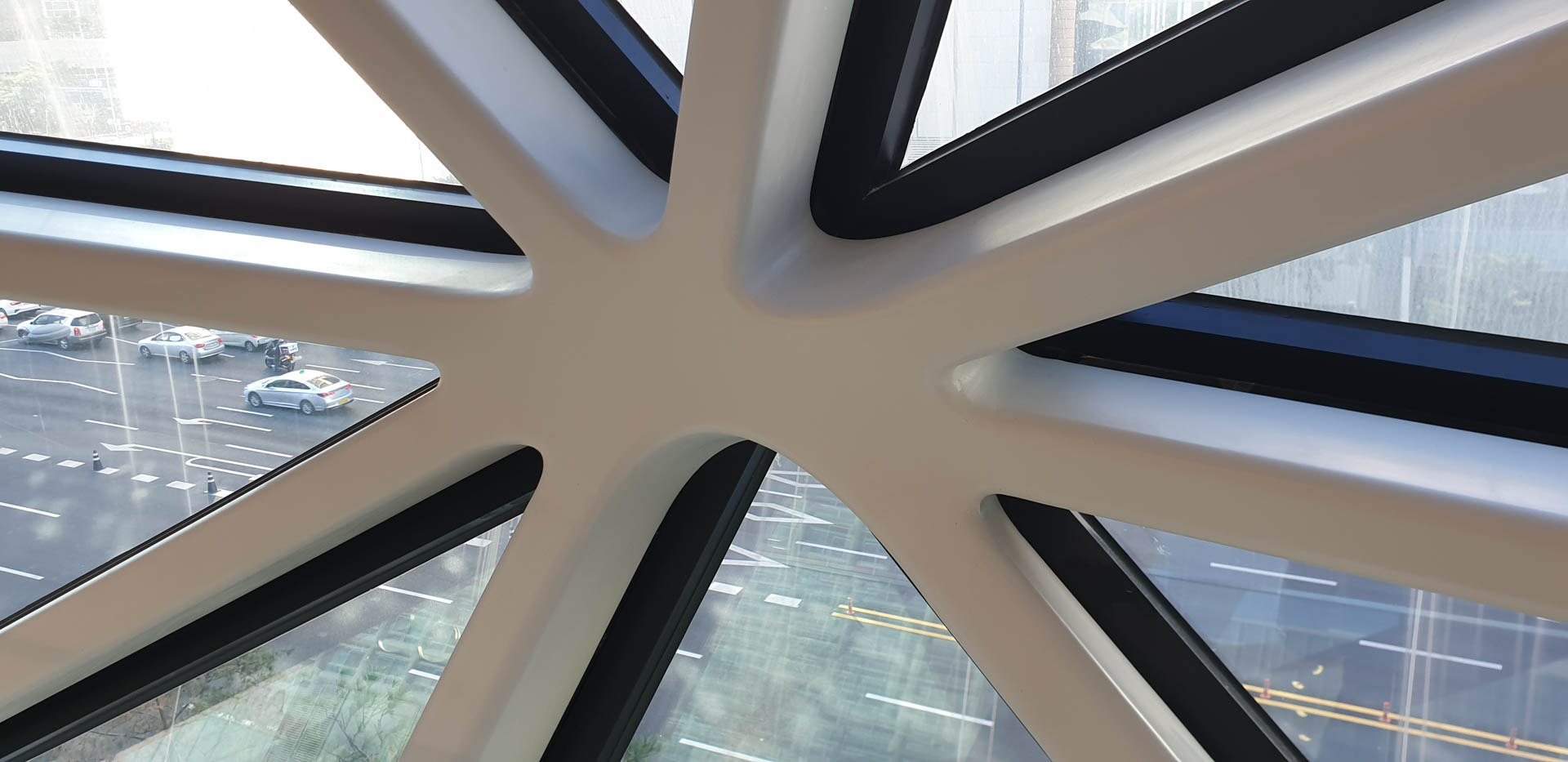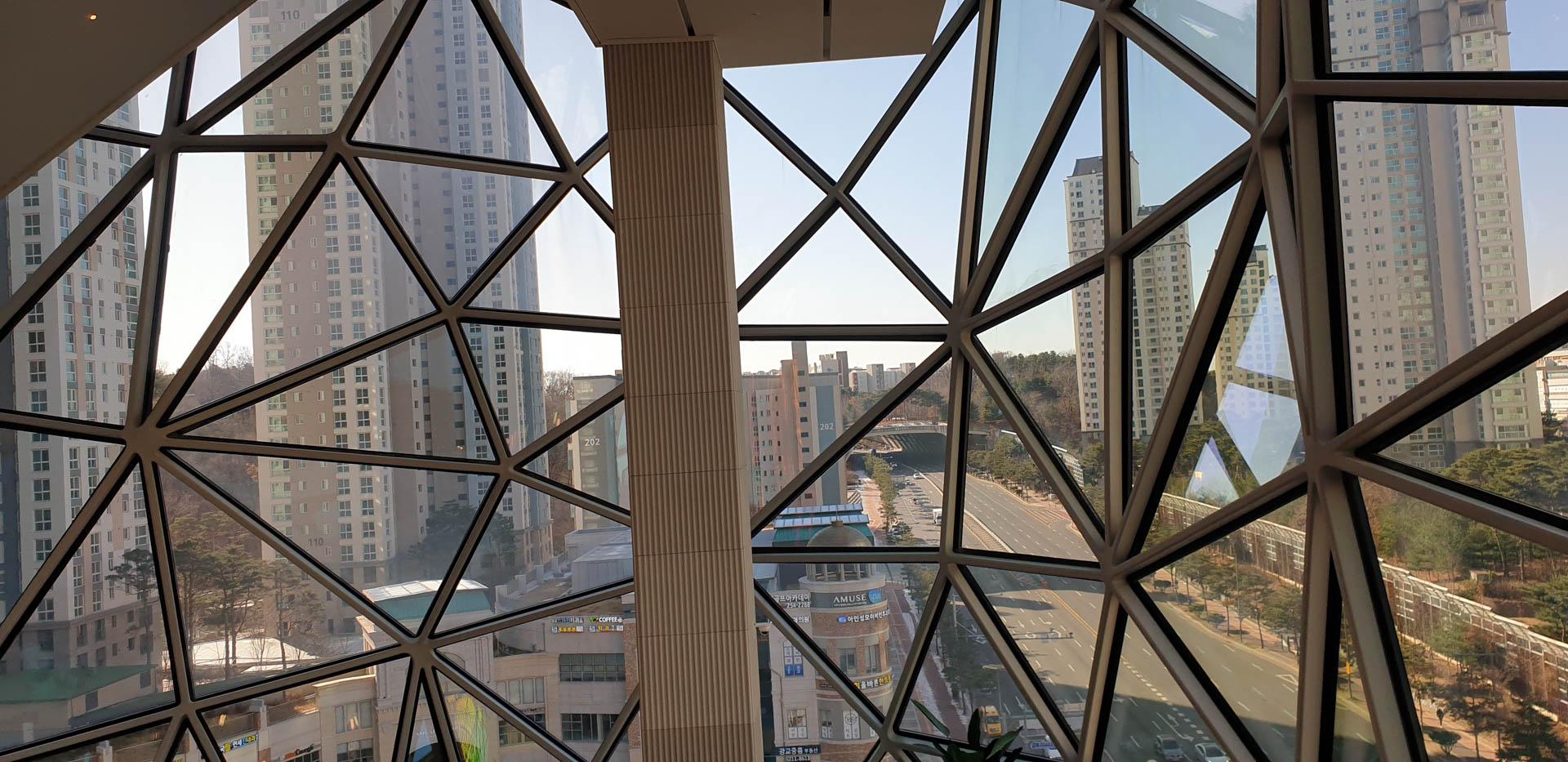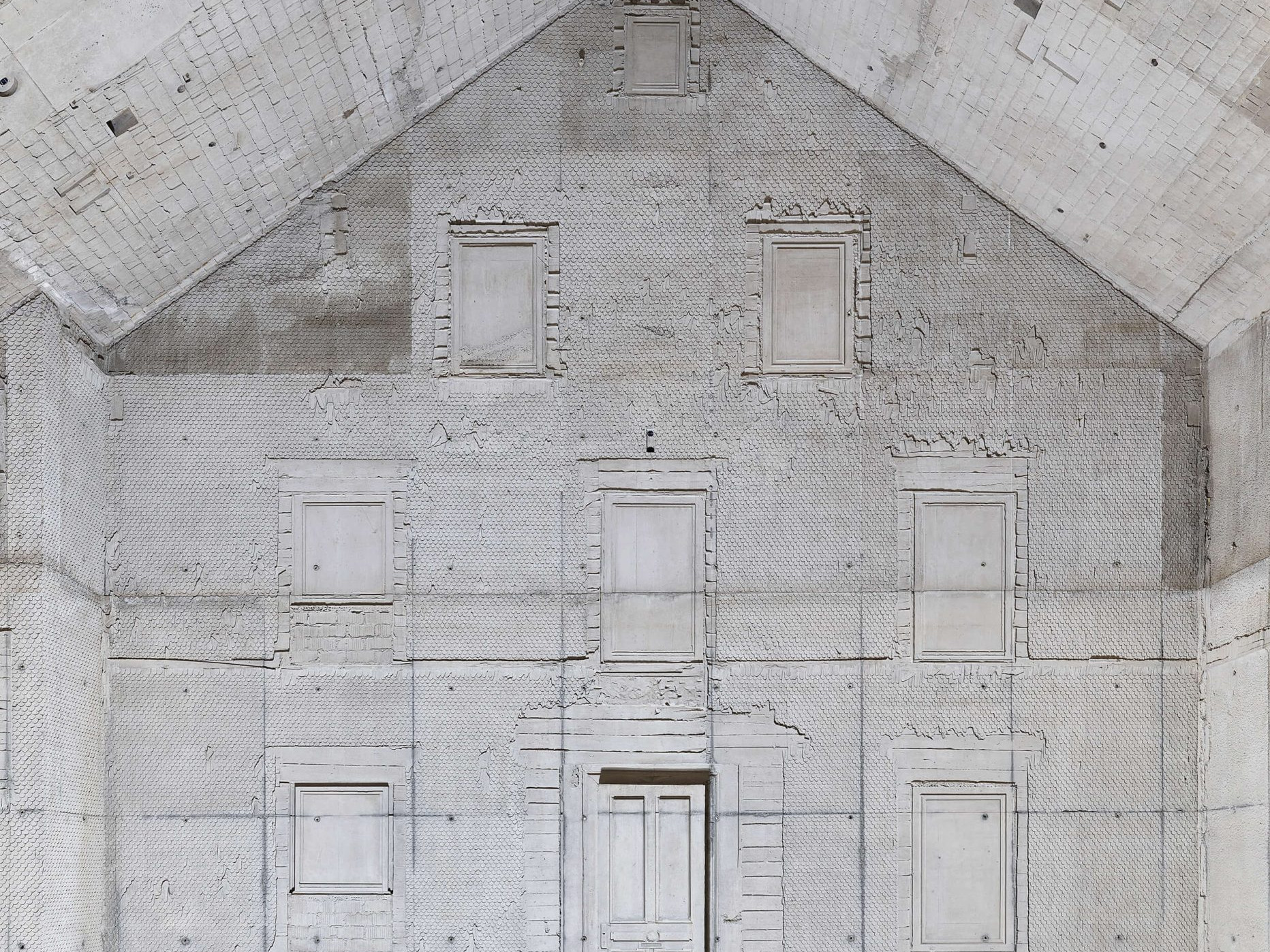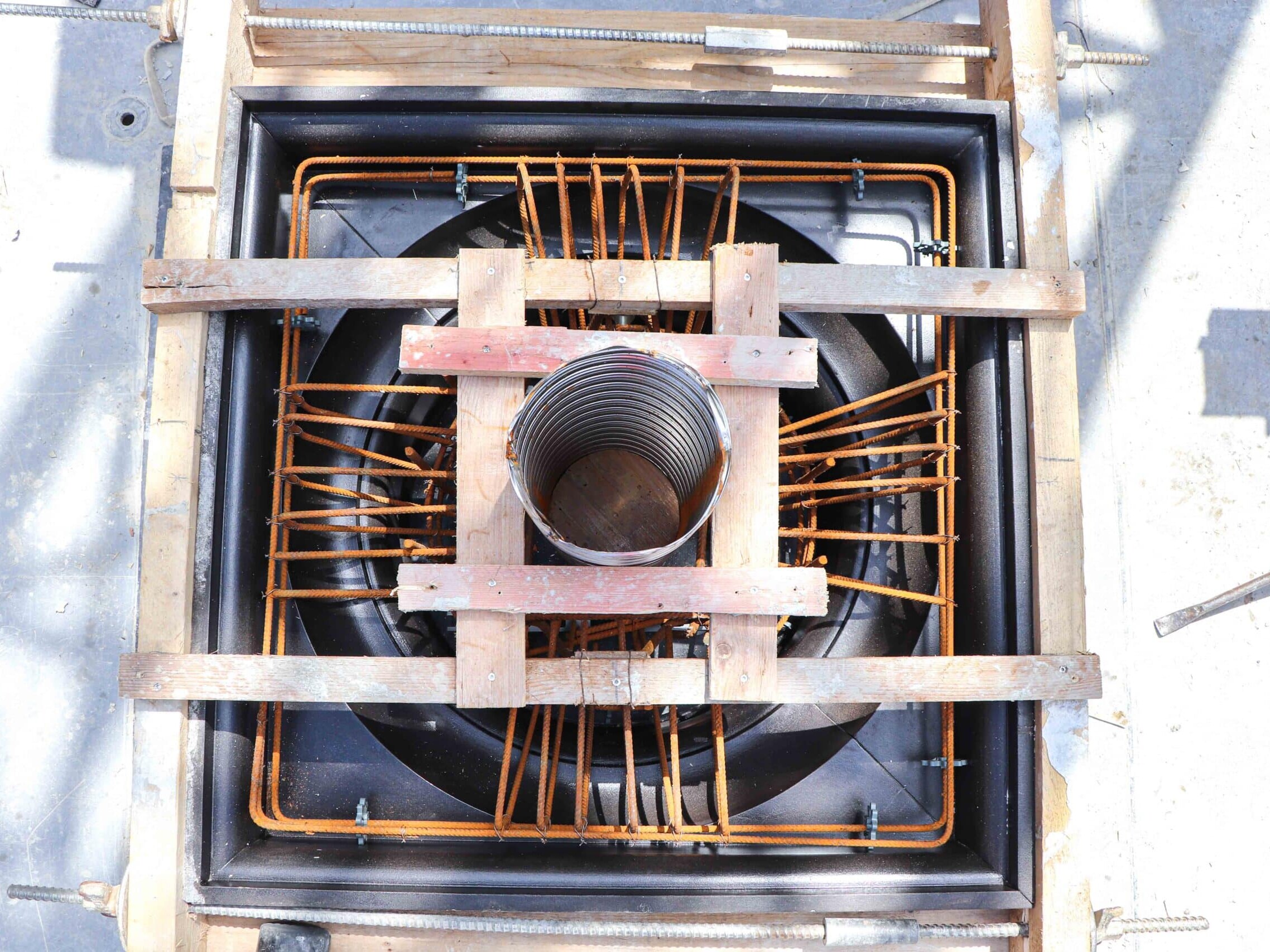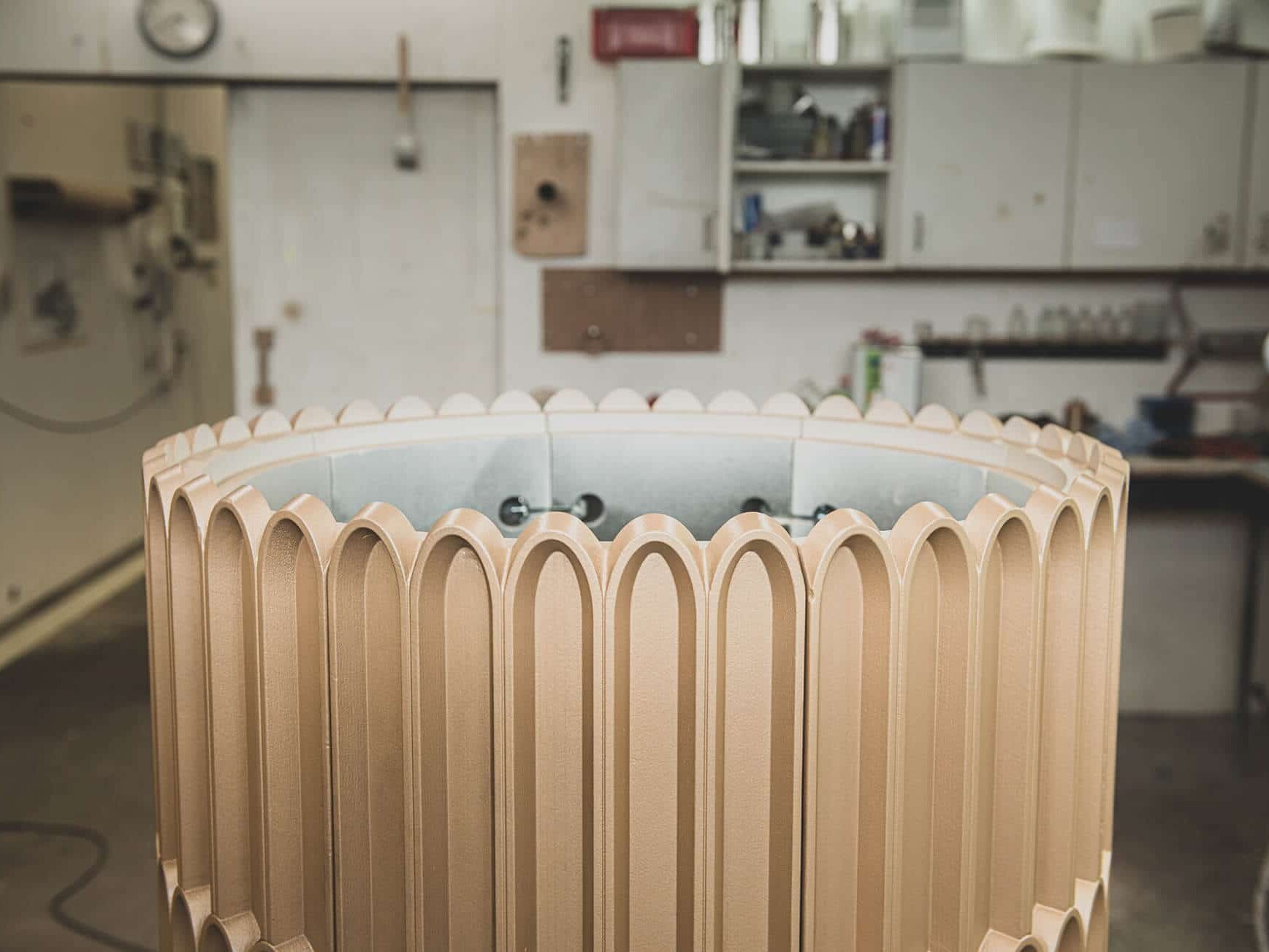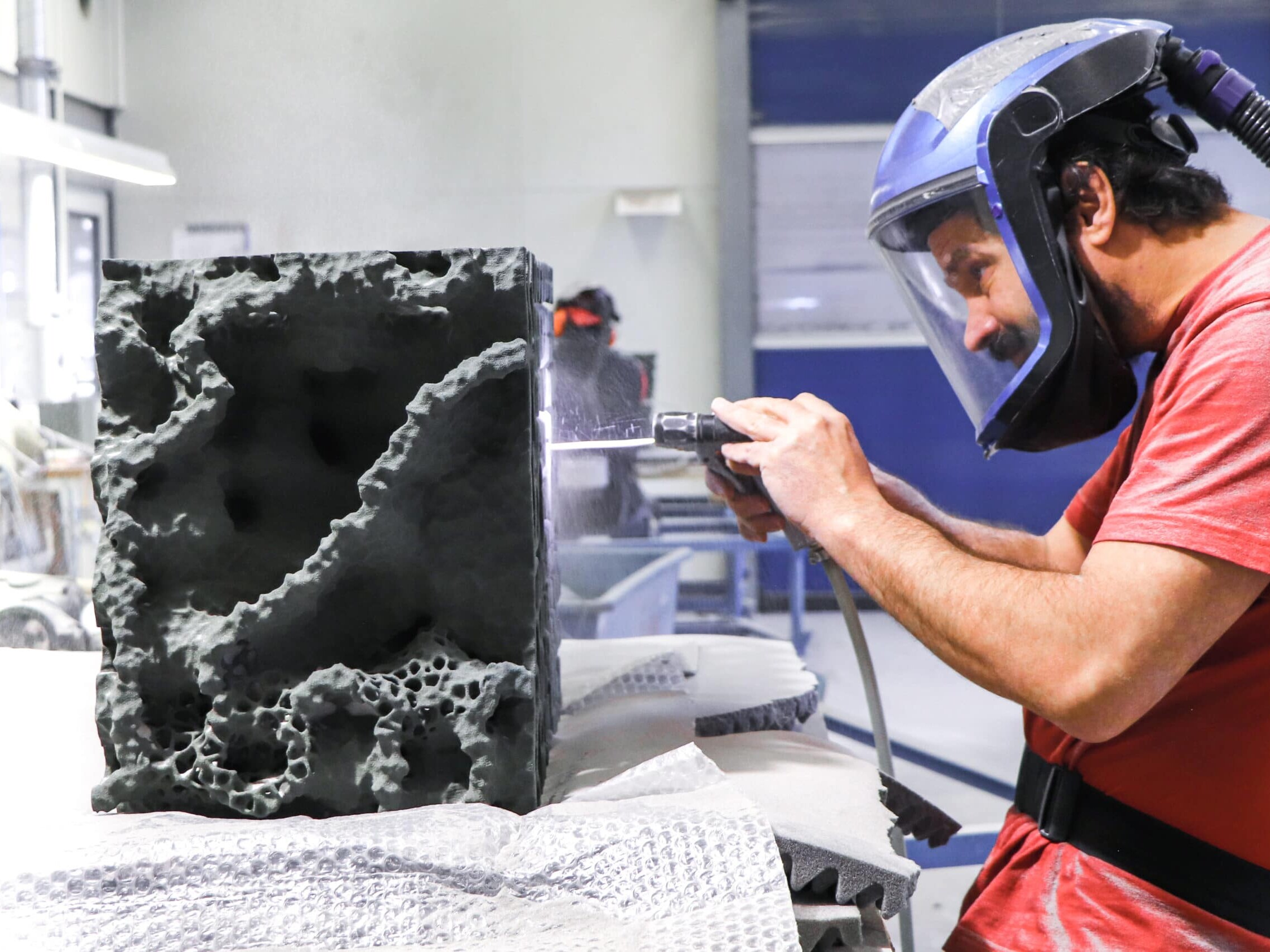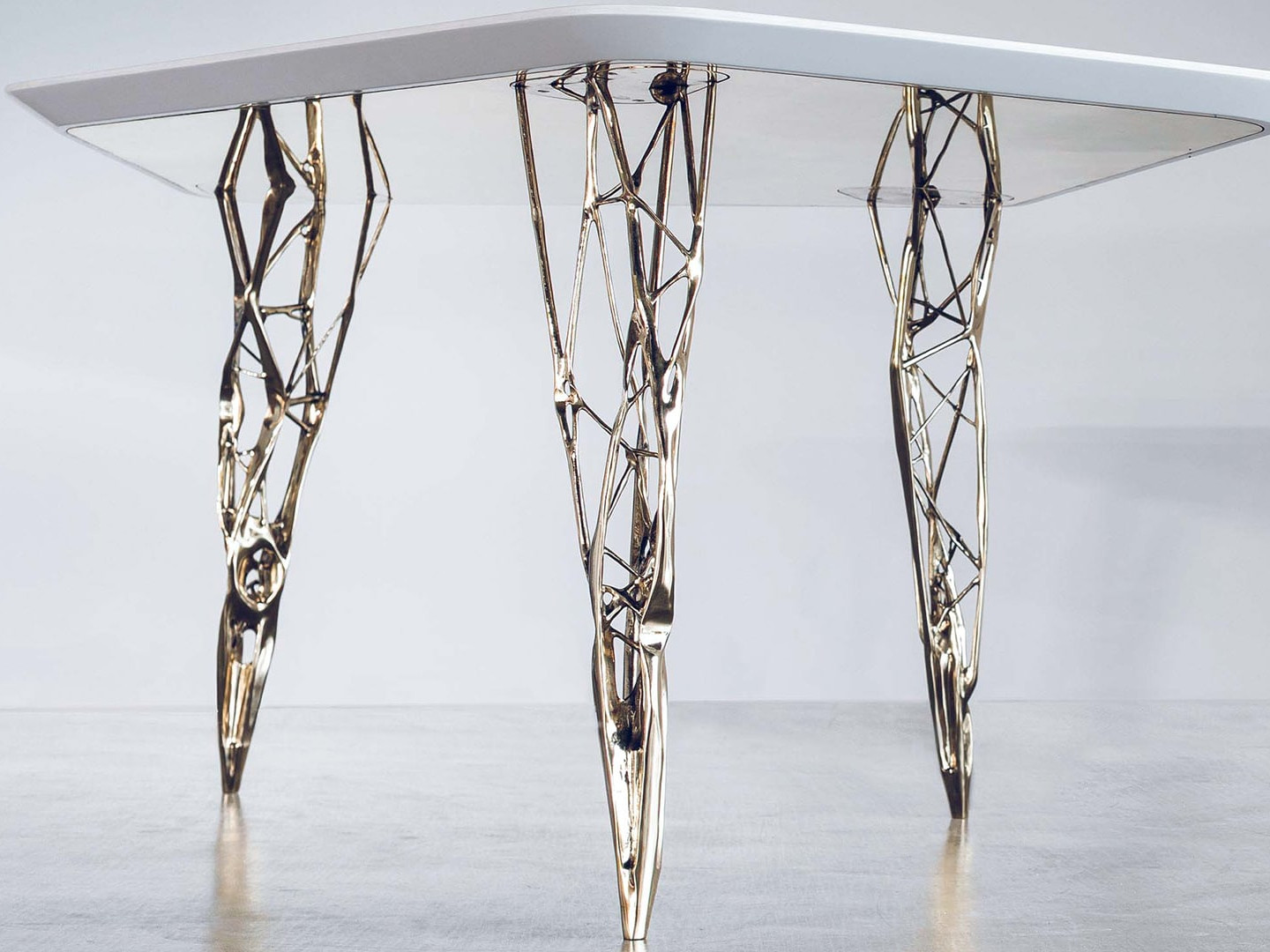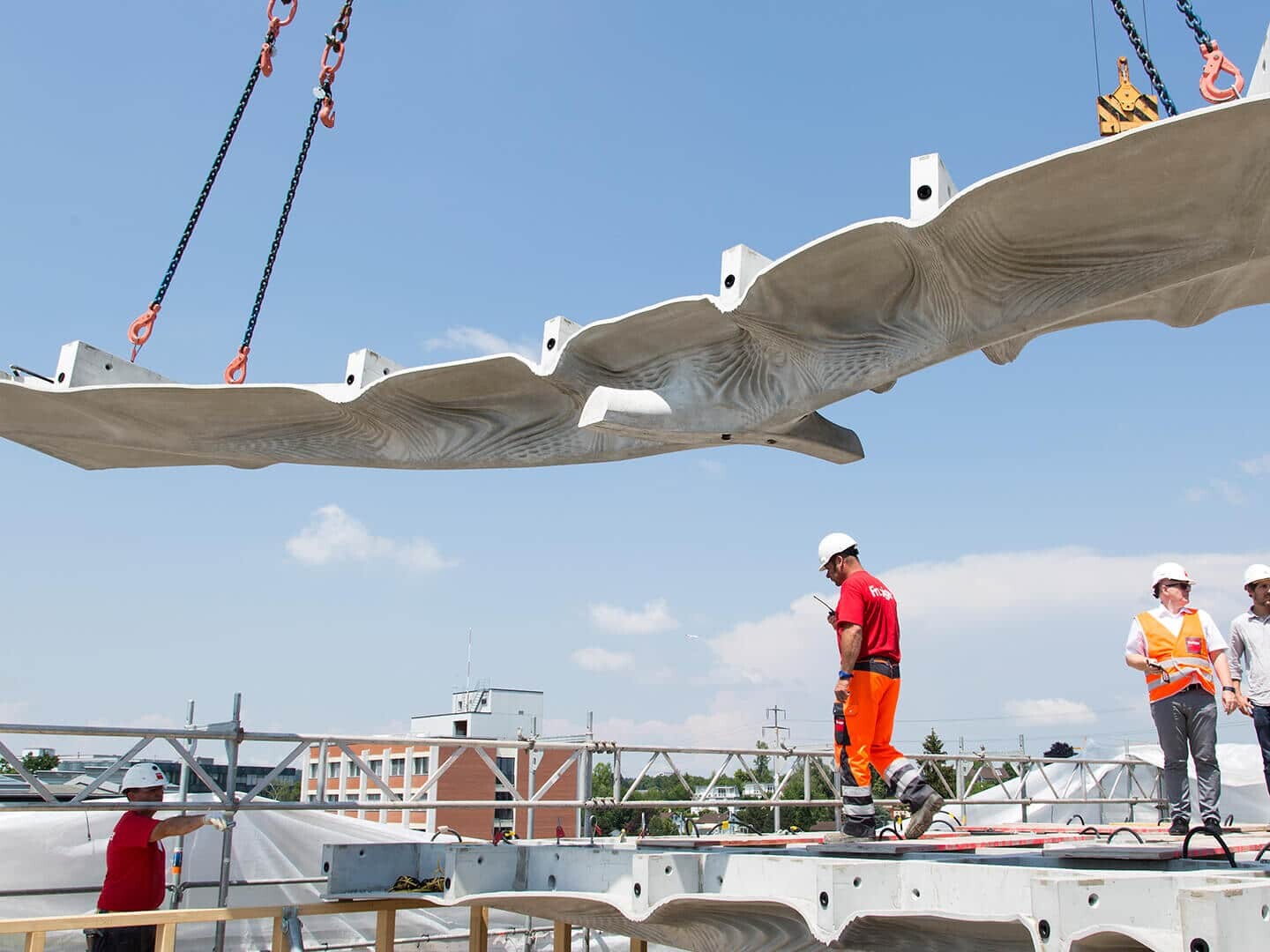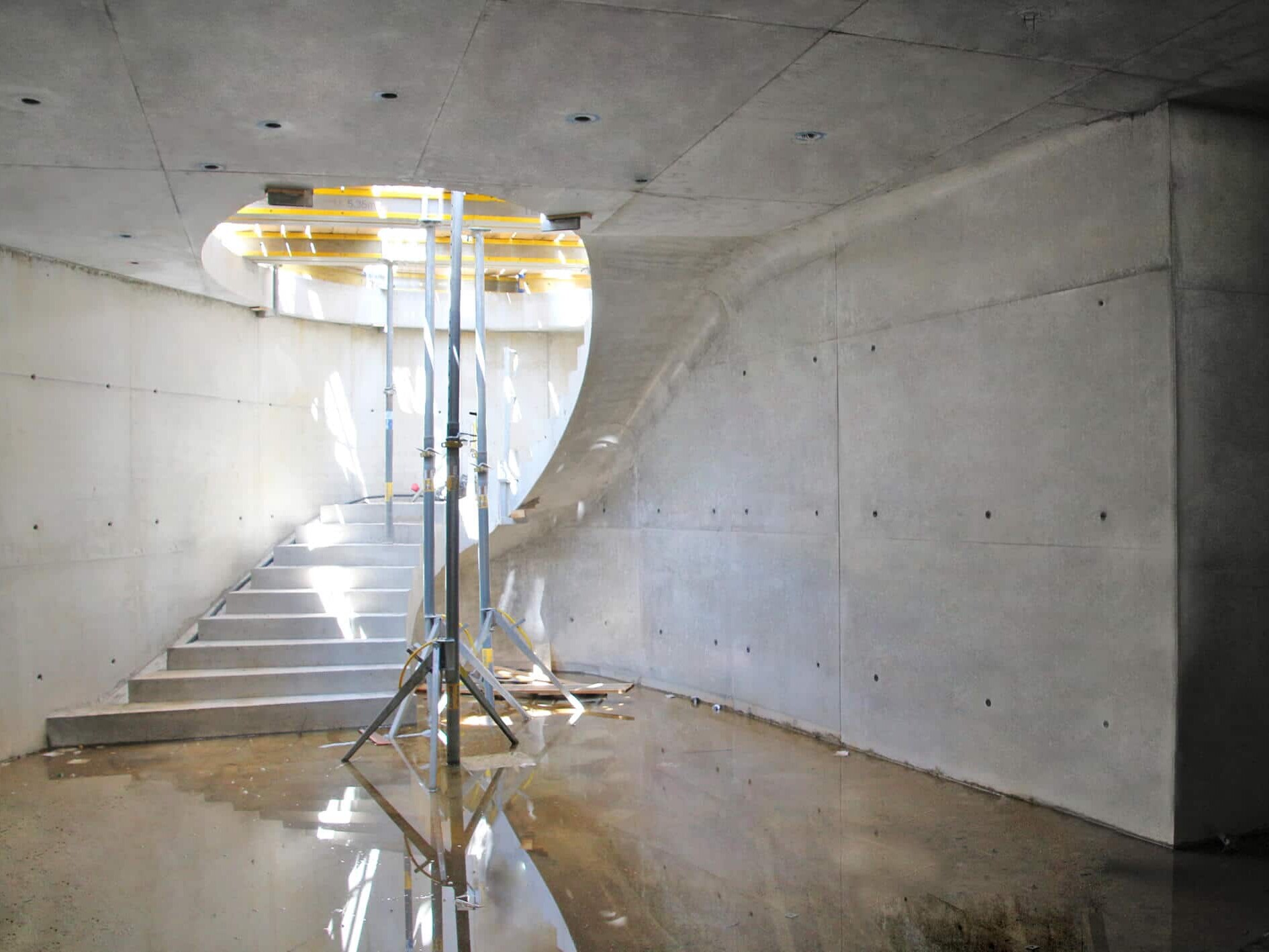- Home
- Case Studies
- Architecture
- 3D printing for structural elements in architecture
3D printing unties the knot - Structural elements for modern architecture
Around 25 km south of Seoul, the capital of South Korea, a new city is being built: Gwanggyo. In its heart stands a shopping center that looks nothing like one from the outside. With its modern and extraordinary architecture, Galleria Gwanggyo is becoming the center of public life in the new city. And this is partly thanks to the combination of innovative 3D printing and traditional investment casting, or printed casting for short.
With a unique facade of stone and glass, the sixth branch of the Korean Galleria store chain makes a lasting impression on the downtown area of the city of Gwanggyon, which was founded in 2017. The building was developed by a renowned Dutch architectural studio, which drew inspiration for the design from the nearby nature surrounding the city. Multifaceted mosaic stone in combination with complex glass elements adorn the overall facade and give the shopping center a particularly impressive appearance, both from the outside and from the inside.
Individuality: The perfect application for 3D printing
The glass facade is held together by a large number of joint nodes, which – caused by the highly complex structure of the facade – are a multitude of individual pieces. No two are alike, although they are all uniform in their function. For the production of the highly complex facade including the nodes, the Korean architectural firm WITHWORKS was hired, and decided to produce the nodes with the help of 3D printing.
Picutre: © Hong Sung Jun – courtesy of OMA
The uniqueness of each node made it impossible for the architects to produce a separate tool for each. The cost would have been prohibitive, as well as the strict schedule that had to be met. The solution: 3D printing technology from voxeljet. KTC, a South Korean-based and long-standing partner of voxeljet, specializes in the production of sand molds and investment casting models. Equipped with a VX800 and a VX2000 for 3D printing PMMA models, KTC has both the technology and the capacity to 3D print large-format investment casting models in one piece.
For WITHWORKS, this was the ideal solution, both economically and aesthetically. They had around 230 models printed by KTC, which were then cast in structural steel using the traditional investment casting process. In this process, the printed models are coated with a ceramic slag and then burned out in an autoclave and furnace. The models melt without residue while the ceramic hardens around the model. What remains is a hollow mold into which the molten metal can then be poured.
How 3D printing made the difference
The architects were particularly impressed not only by the fast delivery time and the – compared to conventional toolmaking – significantly reduced costs, but also by the outstanding surface quality of the models and the corresponding steel components.
Thanks to modern CAD and casting simulation software, it was possible to ensure even before investment casting that both 3D printing and casting could be realized without complications. This reduced the waste rate to a minimum and made re-productions obsolete. A major advantage for meeting the schedule. In addition, any post-processing measures such as welding or grinding to smooth the surface could be avoided.
The result speaks for itself. Today, the Galleria is a central focal point for public life in Gwanggyon. An architectural masterpiece that impresses from the outside as well as from the inside and once again shows what is possible for architects today with the help of 3D printing. Complexity and individuality no longer matter, there are no limits to creative thinking and design, and tool-free construction through additive manufacturing delivers results in record time. Within 4 months, all 230 joint nodes could be printed, cast and installed. Given that ground was broken for the city just four years ago, it’s no wonder that it already has over 3 million inhabitants.
More Case Studies
3D printing and formwork construction in perfection. For a museum in the Black Forest, voxeljet sets new standards for additive manufacturing in architecture.
For an office building near Munich, Deutsche Doka once again used 3D printed formwork elements from voxeljet for concrete casting.
SL Rasch GmbH counts on 3D printing for the visualization of architectural projects.
Functional Architecture with 3D Printing
The Mersitem Wall is a best practice example of how functional and sustainable architecture can be created with 3D printing.
3D printing for sustainable architecture
Singapore's AIRLAB uses these table legs to show how architecture can be made more sustainable and functional at the same time.
Intelligent 3D printed concrete formwork
voxeljet AG prints complex molds for "intelligent" concrete ceiling at DFAB (NEST)
3D printing makes complex concrete formwork more efficient
A first-class reference: Doka uses voxeljet for the creation of complex formworks
Industrial 3D printers
Our portfolio of industrial 3D printers ranges from compact systems for research to additive series production.



















